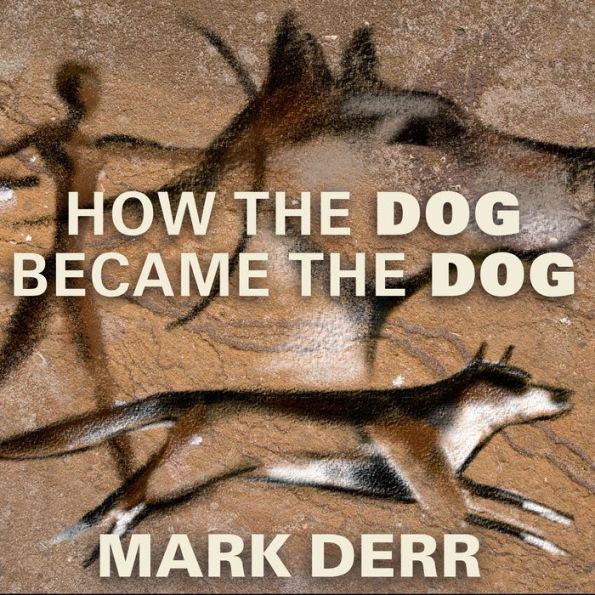Reaching back into murky prehistory to determine just when, where, and how the wolf joined forces with early man to become the domesticated dog we know today has long proven difficult. With this informative account, Derr (Dog's Best Friend) takes on the challenge of untangling the limited, often contradictory findings available from archeological digs and genetic studies to seek the dog's origins. Rejecting the argument once prevalent among biologists, that dogs evolved from wolves that hung around prehistoric villages to scavenge, Derr delineates instead a past in which wolves and humans teamed up to bring down more game and to reap other advantages from each other's company, in a process made inevitable by the similarity of their social natures and pack hunting techniques. Sadly, Derr's envisioning of this ancient friendship falls prey to sentimentality: "I can almost see through the occluded lens of time three wolves lazing outside the cave mouth," begins one hazy scene. And the book's catalogue of prehistory and Neanderthal stomping grounds could do with a bit more focus: some chapters jump around desultorily or lose focus. Still, Derr's real affinity for canines comes through strongly, and the book should appeal to dog lovers with a curiosity about the origins of their favorite companion. (Oct.)
5
1

How the Dog Became the Dog: From Wolves to Our Best Friends

How the Dog Became the Dog: From Wolves to Our Best Friends
FREE
with a B&N Audiobooks Subscription
Or Pay
$17.99
17.99
In Stock

Editorial Reviews
Product Details
| BN ID: | 2940170925643 |
|---|---|
| Publisher: | Tantor Audio |
| Publication date: | 10/17/2011 |
| Edition description: | Unabridged |
Videos

From the B&N Reads Blog
